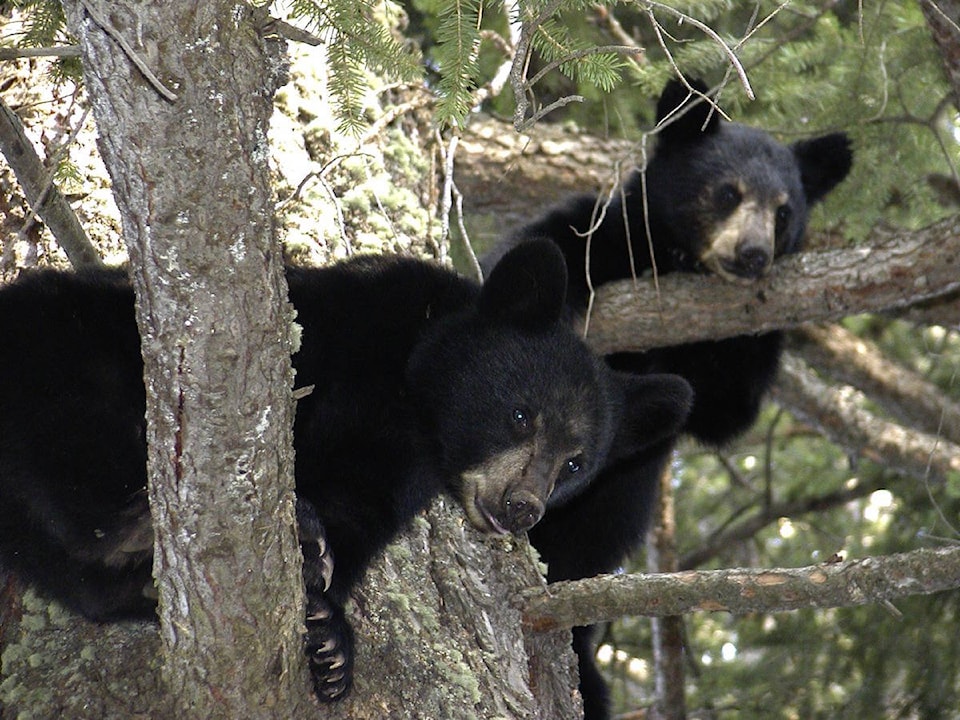People and pets first.
Property second.
Then there are all those wild animals to worry about.
There are many unknowns when assessing the impact of a forest fire on wildlife, Helen Schwantje, the BC government’s top wildlife veterinarian told The Spotlight in a telephone interview Sunday morning.
“We may never know what animals were killed and what happened,” she said. “Mother Nature is pretty resilient, but this is a pretty nasty situation…there is nothing that wildlife managers can do to assist the animals until things are safe for people to go in and look.”
According to Schwantje, young animals and small species are more at risk simply because they can’t travel fast enough.
Large animals like moose, deer and bears can cover ground quickly and use their instincts to find safe ground.
“Do they know where the evacuation corridors are? No, but they will find their own - river courses, in other cases they will go up higher where are air is better.”
Schwantje said so many different factors affect wildlife it is difficult to know which species, in which areas, will be hardest impacted.
“Woodland Cariboo could be severely impacted. They depend on old growth forests and if the old growth forests are burned there are not a lot of other places to go.”
Small birds and certain species of snakes are also particularly vulnerable, she said.
In the aftermath of a fire it is also hard to judge how much an animal population has been decimated, unless that population was already under study.
“Some of the areas that are being burned currently, there is research going on there and monitoring and that will include going back and checking those populations.”
Overall, the biggest impact the fires will likely have on animals is changes to habitat.
“Habitat is what all wildlife depends on.”
Carnivores may suffer from a lack of food source, when smaller animal populations are eliminated, she said.
For others there might be an eventual upside.
“Moose and deer benefit from fire that allows new vegetation to grow up very quickly. In years to come those areas might eventually benefit.”
Schwantje said it’s important for animal lovers to understand there is not a provincially run rescue or rehabilitation program for wildlife, however the Conservation Service Office and volunteer groups play a role.
“In most cases we are not going to see animals that we can rescue or make better…If the public sees animals that are in distress or injured they should first call the RAPP line 1-877-952-7277.”
